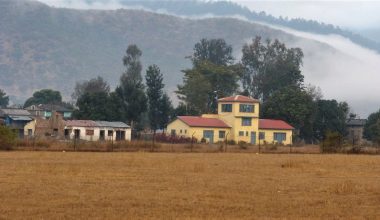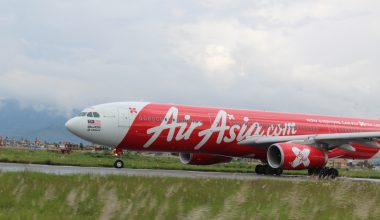-KATHMANDU
Out of the 54 airports in the country, more than two dozens of airport are been operating at a loss, said a report of the Civil Aviation Authority of Nepal (CAAN). And among total, 30 airports have been running regularly.
Accordance to the Civil Aviation Report for fiscal year 073/074, Tribhuvan International Airport (TIA) and Pokhara, Lukla, Bharatpur and Simikot Airports are the highest revenue generating airports in Nepal.
The fact and figure has also showed that the Authority have invested a huge budget to that airport, however are not in operation and apparently generating not a single penny.
In accordance to CAAN’ report, 24 airports are incurring minimum losses, which are Taplejung, Chandragadhi, Tumlingtar, Bhojpur, Biratnagar, Thamkharka, Lamidanda, Runjatar, Phaplu, Janakpur, Ramechhap, Simara, Gautam Buddha, Manang, Jomsom, Nepalgunj, Surkhet, Rukum (Salle), Rukum (Chaurjahari), Dolpa, Jumla, Bajura, Rara and Dhangadhi.
Likewise, the airport which has not earned a single penny is Dang, Bajhang, Manang, Sanphebagar, Doti, Khanidanda and Kangel Danda Airport.
CAAN is the sole authority throughout the country to manage and Control the airport facility. The main source of collecting revenue for the most of the regional airport is by the collection of airport service tax Rs 200 per passenger travelling by air. Apart the airport service tax, the other source includes the charger poised by the airline operators for using the airport space for the counters and others.
Although, CAAN has been making efforts to transfer management of few loss making airports to private sector and the local community under a separate modality of public-private-partnership or privatization that was studied by a committee, however, it was not implemented.
CAAN had conducted a study on transferring the airport management to the private sector at Phaplu, Ramechhap, Jomsom and Manang in fiscal 2010-11. “However, the study report has been gathering dust due to frequent changes in government and all the ministers putting their own interest at the top,” said a CAAN source. “Each and every minister’s priority was different from CAAN’s,” the source added.
CAAN said that it wanted to go for privatization of the management as it would allow the promotion and management of the airport to become more effective. According to CAAN, the loss making airports have been suffering from a slump in flight and passenger movement while the cost of upkeep of the infrastructure has been escalating.
“If these unprofitable airports were privatized, the private sector would manage them more effectively to recover their investment which will also improve the quality of service.”







